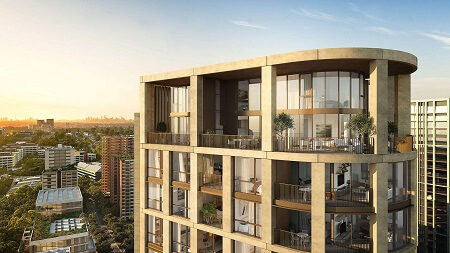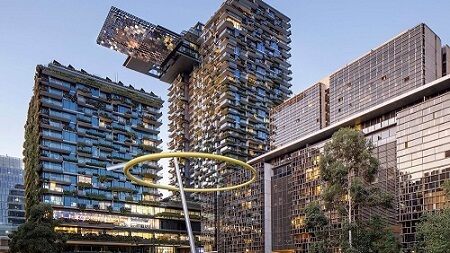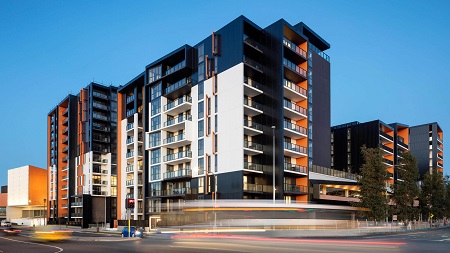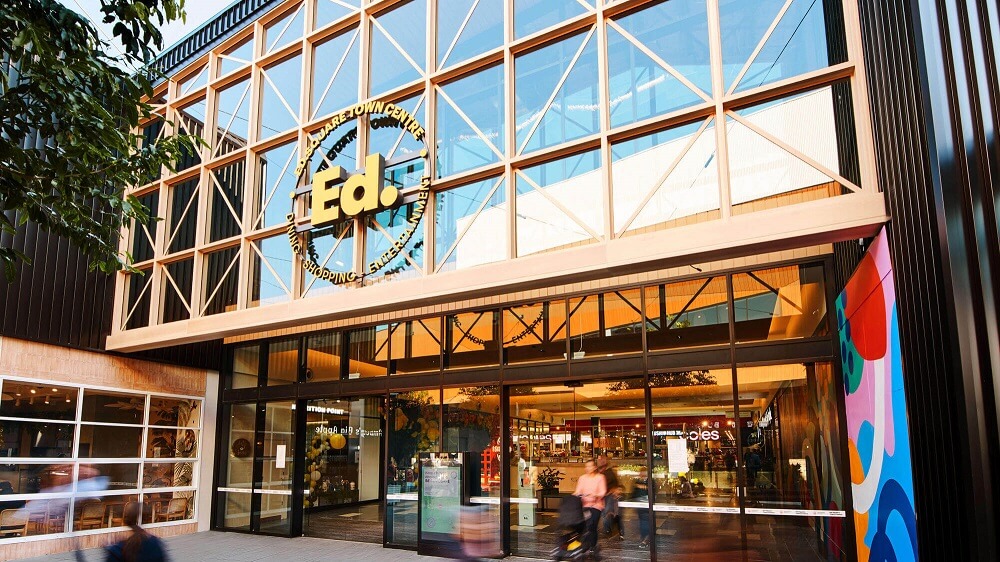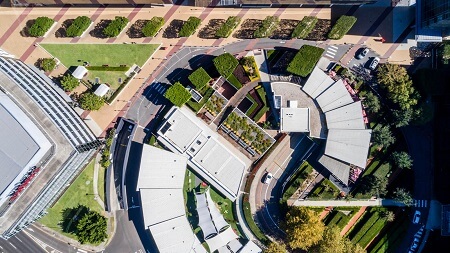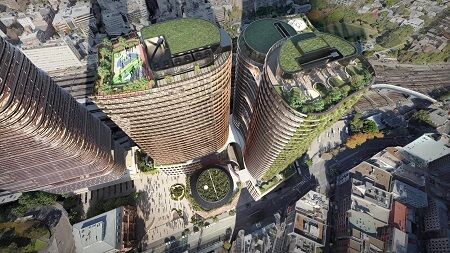Affording The Great Australian Dream
The iconic image of a quarter-acre block with a family-sized home and a sprawling backyard has long held sway as the pinnacle of Australian homeownership. But, as the cost of housing continues to grow, planners, policy makers, and developers are exploring ways to keep the Great Australian Dream alive and attainable.
Linger long enough at any Aussie barbecue or dinner party and the topic of conversation will eventually turn to the issue of property prices. The question on many people’s lips, especially younger generations and first homebuyers, is whether it’s still possible to afford the Great Australian property dream?
“Housing affordability has become a significant issue in Australia,” says Cameron Leggatt, Executive General Manager of Development for Frasers Property Australia. “It’s something that’s debated from living rooms to boardrooms and at every level of government on a daily basis. Because there are so many contributing factors, it’s become a wicked problem that’s not easy to resolve.”
While the issue of housing affordability has been bubbling away for decades, the unique and unanticipated conditions of the first few years of the 2020s were like pouring gasoline on a slow-burning fire. A pandemic-led property boom, supply chain shortages, and record wet weather followed by post-pandemic surge in population growth and migration has pushed both the demand and supply side of the property cycle to breaking point.
“Supply has been a huge problem,” concedes Cameron. “Opening up new pockets of development takes time. There are acquisition, planning, regulatory approvals, and construction timetables to navigate, and that assumes you have the people and resources needed to see you through each stage. We know from conversations that we’re having with various local councils around the country that they’re struggling with a backlog of approvals.”
On the demand side, Australians remain infatuated with the Great Australian Dream.
“Australians are property obsessed,” says Cameron. “If people aren’t in the market, they feel nervous and anxious about it. Talking about property is almost our national pastime.
“At its core, the dream is about owning your piece of Australia. It’s knowing that you’ve got a sense of security, that you’ve made it. That you can provide for your family, that you’re on that ladder of opportunity that owning a home affords you.”
A Ladder of Options: Rethinking Property Ownership
Australia’s infatuation with the quintessential family home took root during an era of rapid suburban development and abundant land availability. Some eighty years later, contemporary market dynamics presents a very different picture.
While the quarter-acre block can still be found in outer fringe developments and regional centres, there’s a good deal more diversity to be found in the property market these days. Apartments and townhomes have become increasingly popular, particularly in inner and middle ring suburbs, as a means of providing housing opportunity at more affordable price points.

While land prices and availability have driven some of that change, evolving demographics are also reshaping traditional notions of the Great Aussie Dream.
“The single storey 3- or 4- bedroom house on a big block no longer fits the bill for everyone,” says Matthew Allen, Director at architectural firm, Bates Smart. “Different household compositions—from single people and couples without kids, to multigenerational families and downsizers—want homes tailored to their specific needs, not this one-size-fits-all mentality.
“When you think about it, the idea of one standalone house on a quarter acre block satisfying the needs of the whole society…it’s an absurd notion.”
As societal dynamics evolve, the concept of a lifelong “golden property” is making room for a “ladder of options”, says Angus Moore, an economist at realestate. com.au. He notes that pragmatic property buyers are now looking at housing as a five-year plan, gradually progressing to larger or better-located properties as their means and needs evolve.
“For young Australians who are faced with inevitable affordability pressures, the idea of buying your castle as your first home is increasingly difficult,” Angus says.
“Being adaptable and buying more of a starter home, then working your way up to your dream home is generally more achievable.
“That might mean instead of looking to buy a house you can live in for the next 10 years, an apartment that will see you through the next 5 years so could be more easily within reach.”
Cameron Leggatt points to the success of Frasers Property communities like Ed.Square and Midtown MacPark in Sydney, Burwood Brickworks and Mambourin in Melbourne, as well as Brookhaven in Brisbane’s southwest
“From the minute we look at a site, we’re assessing how we can add value to it,” says Cameron. “We’re always looking at how we can get as much variety into the product typology as we can, to get as many first homebuyers into the community as possible.
“People are really craving beautiful, convenient, and useable amenity, as well as great infrastructure, like shopping, schools, and transport. When you get it right, that’s when people feel they can make those key tradeoffs to get into their first home. They’re more willing to sacrifice a bit in terms of land size or number of bedrooms or car parking because they know that they’re going to be able to step out of their front door and get to things quickly. They’ve got everything that they would like to do on the weekends right there.”
The Great Australian Dream looks set to remain a Great Australian Aspiration, deeply ingrained in the national psyche. But it will look markedly different than it has in the past. A more diverse property landscape offering various entry points and affordable options that reflect the multifaceted nature of modern Australian society will continue to take shape.
As Cameron points out: “The Great Australian Dream isn’t dead, it’s just different.”
See more articles on

